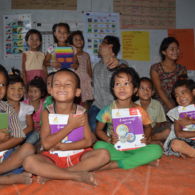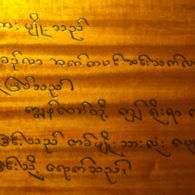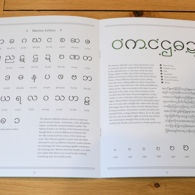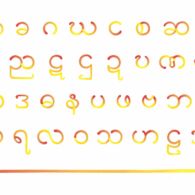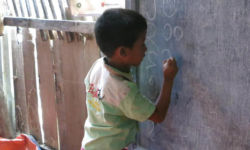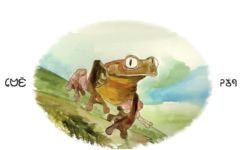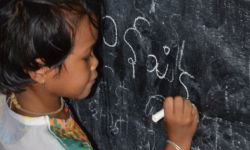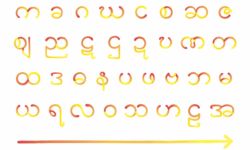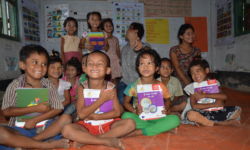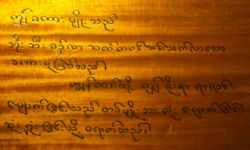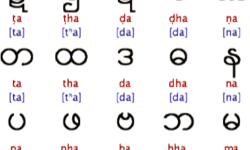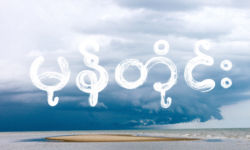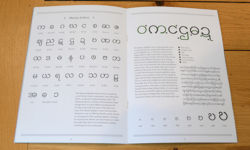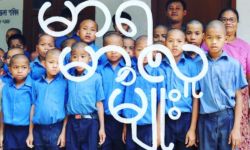Profile
Since the 16th century, the Marma people have lived in the Chittagong Hill Tracts of Bangladesh, where they are the second-largest ethnic community, with other Marma living elsewhere in Bangladesh, and in India and Myanmar.Under British India, the Hill Tracts were a separate administrative area that enjoyed a considerable degree of self-rule. In the event of Indian independence, residents of the Hill Tracts were assured, the region would be split off separately. Such did not turn out to be the case. Even though the people of the Hill Tracts were 98% non-Muslim (the Marma are traditionally Buddhist), the region was given to Pakistan — a decision that was disastrous for the Marma, and other ethnic groups of the Hill Tracts.
After the bloody civil war that led to the birth of Bangladesh, in which the right to speak one’s own mother tongue was a vital rallying-point, the new Bangladeshi constitution stated: “The unity and solidarity of the Bengali nation, which deriving its identity from its language and culture, attained sovereign and independent Bangladesh through a united and determined struggle in the war of independence, shall be the basis of Bengali nationalism.”
This harmless-sounding article was interpreted to mean that the country’s indigenous ethnic minorities, especially as many of them were not Muslim and did not speak Bangla (the new national language), were not recognized, and for all practical purposes were treated as second or third class citizens.
In addition, the Bangladeshi government began a policy of granting tracts of land traditionally farmed by the indigenous inhabitants of the region, including the Marma, to Bengali settlers.
The result was a period of virtual civil war in the region, with the military siding mainly with the settlers. Even following the cease-fire in 1997, the Hill Tracts remains a militarized region, with access denied to journalists and human rights workers. Regular massacres, rapes, murders and destruction of villages have been documented. Many Marma have fled across the border into India.
Official education in the Hill Tracts is in Bangla, which for many of the region’s indigenous people is not even their second language. The result, coupled with the instability in the region, has been a catastrophic dropout rate in government schools and steady cultural erosion among the Marma, few of whom can still read their own writing system, a close cousin of the Burmese script.
You can help support our research, education and advocacy work. Please consider making a donation today.
Links
General Script, Language, and Culture Resources
- Omniglot
- Wikipedia
- Marma learning and Education Video
- Wikipedia (Marma People)
- Encyclopedia Britannica Marma
- Scriptsource
- Morphosyntactic Analysis of Marma Language

